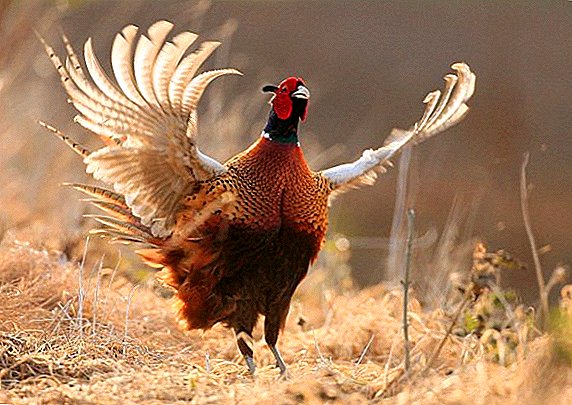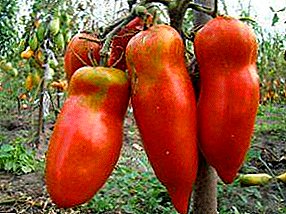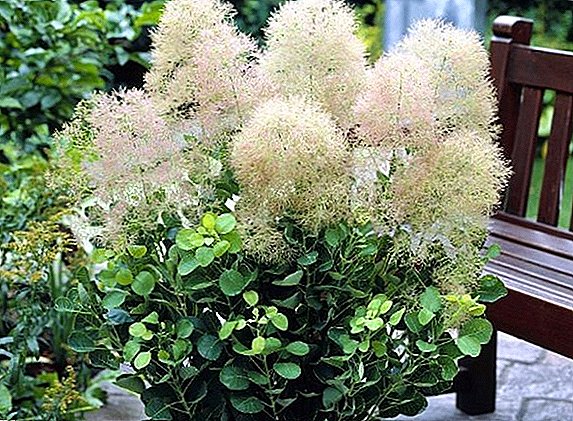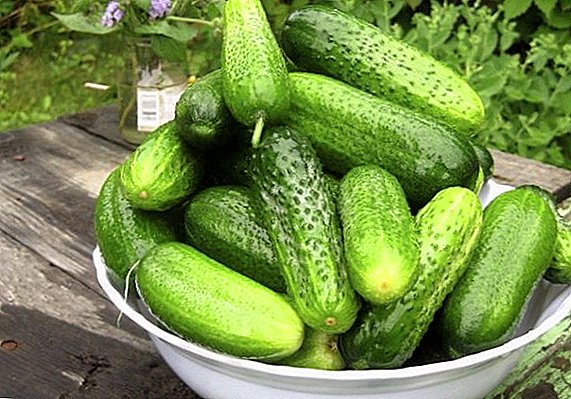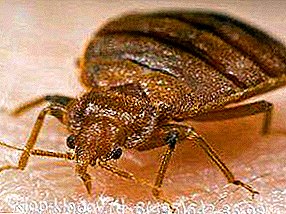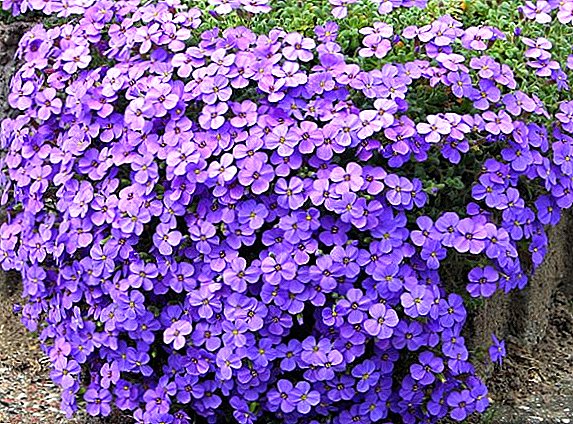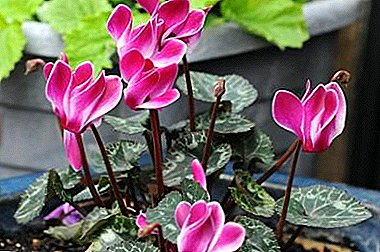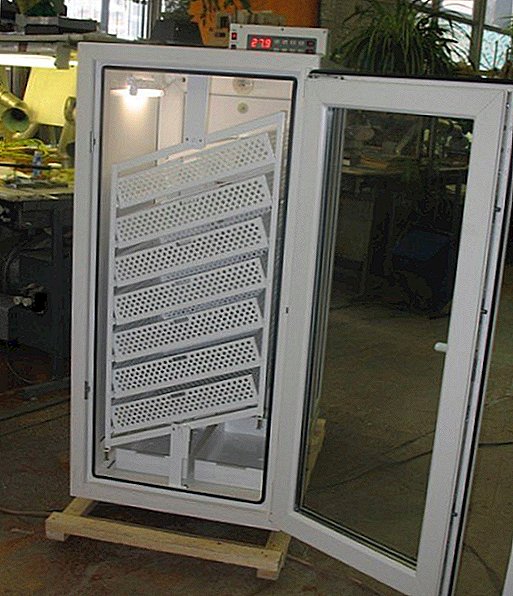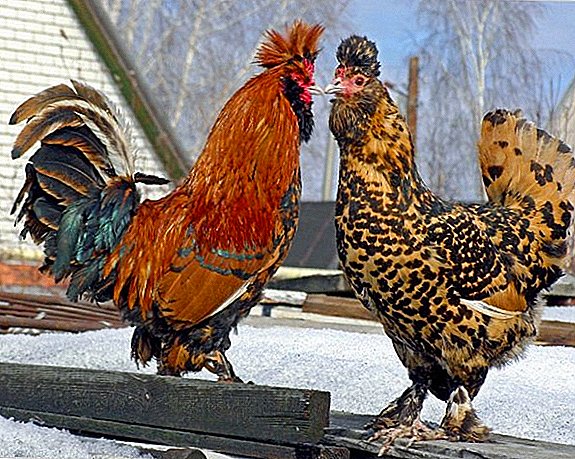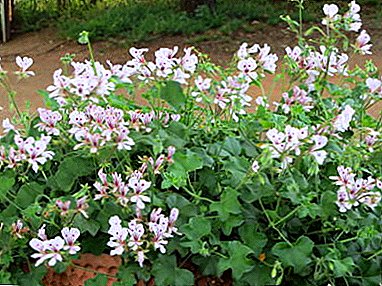
Ivy (or ileplate) ivy geranium is one of the most common household crops, as it is easy to grow, it blooms beautifully and has healing properties. But you need to properly care for the flower, create suitable conditions and reliable protection from diseases and pests. This article will tell you how to care for ivy geranium, how to multiply it in different ways, as well as how to save it from diseases and pests.
Features of ivy-shaped pelargonium
The plant grows in the form of a shrub that is suitable for home cultivation. The birthplace of the flower is South Africa. Feature in the hanging form of lateral stems with flowers. The branches of the plant are flexible and long, reaching 1 m.
The leaves have a smooth surface and a variety of colors.. And although ivy geranium is an indoor plant, it can be taken out from April to October.
A photo
Next you can see the photos of the plant.





The necessary conditions
When growing ivy geranium, you must comply with the following conditions:
- Lighting. The plant actively blooms and develops under the condition of bright light. Thanks to this, the pot can be installed anywhere, even with direct sunlight. But the lack of light and drought harms the plant.
- Temperature. In the summer, the room temperature should be at least 25 degrees, and in the winter - 15 degrees. And although the plant can tolerate drought, the frost affects him destructively.
- Humidity. Too dry air is not terrible geraniums, it does not need additional moistening and spraying. The optimum humidity is 65-70%.
Planting and transplanting
Transplanting ivy geranium is necessary every 2 years in spring. At each transplanting, it is necessary to change the pot so that it is slightly larger than the previous one. In this case, the composition of the soil should remain the same.
Procedure:
- At the bottom of the pot lay drainage. It may be broken bricks, pieces of foam.
- Remove geranium together with the earth lump from the old tank. To facilitate this procedure, the plant is pre-watered, and when the water is absorbed, turn the pot, holding the plant and the pot with one hand, and the second with the pot.
- After extracting the plant, you need to carefully inspect the root system so that there will be no damage and decay. Remove all suspicious parts with a pair of scissors, in order not to touch the healthy roots.
- Place the plant in a new pot, and fill the void between the walls and roots with a new and slightly moistened substrate.
- The soil around the root must be well tamped to ensure that there are no voids.
- Plant water at room temperature and place in the shade for 7 days.
- A week later, move the pot to a permanent place.
Home care
Watering and feeding
Summer, during heat ivy-like geranium needs to be watered often, but do not allow waterlogging, as the stagnation of water in the pot will lead to the formation of mold. To prevent its development, it is necessary to make a drainage.
When the cold comes, the amount of watering is reduced to 1 time in 2 weeks.
The plant responds positively to top dressing. It is recommended to bring food during the flowering period, using mixtures of potassium and phosphorus. Also used various complex supplements, in which these trace elements predominate. Good to feed the geranium with magnesium sulfate. Magnesium and sulfur contributes to the long formation of buds.
If the soil is too rich in nitrogen, the bushes and leaves will begin to actively grow, while flowering will become scarce. It is better to feed once a week, while alternating mineral and organic compounds.
Pruning for lush flowering
 To bloom was lush and abundant, Bush must be cut every year. To do this in the first months of spring, immediately after the winter holidays, following the following recommendations:
To bloom was lush and abundant, Bush must be cut every year. To do this in the first months of spring, immediately after the winter holidays, following the following recommendations:
- In the process of pruning, all diseased or dried branches are to be removed; only those shoots with 2–4 nodes are needed.
- For cutting it is necessary to use a sharp knife disinfected with alcohol. It is forbidden to break off or tear off the leaves, as torn edges will rot.
- If in the process of trimming the leaf was nevertheless broken, then the place of the cliff must be treated with charcoal.
- The correct cutting of sheets is carried out so that the base of the cutting itself is on the plant, and not on the torn sheet.
Breeding
Ivy geranium is propagated by two methods: seeds and cuttings.
Seeds
This method allows you to get a lot of planting material, although you can buy it in a specialized store. But only seed sowing is a complex process requiring the following recommendations:
- It is necessary to sow planting material from November to April. In winter, sprouts require additional coverage.
- For the development of a powerful root system, the soil must be loose and light.
- Sow seeds need to peat pots or tablets. Seal them no deeper than 5 mm.
- Cover the crop with plastic wrap.
- For watering seedlings is better to use a spray.
- 30 days after the appearance of the first shoots, it is possible to pick a plant and plant the plants in separate containers. From this point on it is necessary to fertilize geranium.
We offer you to watch a video about planting ivy geranium seeds:
Cuttings
 This method of reproduction is used most often. Consider how to prepare the planting material and root cuttings in the ground. Procedure:
This method of reproduction is used most often. Consider how to prepare the planting material and root cuttings in the ground. Procedure:
- Using a sharp knife, cut the cuttings off the tops of the vertical shoots. Do it in August or March.
- Choose shoots, the length of which is not less than 7 cm. They should also be 2 leaves.
- After cutting, the shoots are dried for 15 hours and treated with activated carbon powder.
- Root planting material in loose soil. You can not deepen the stalk more than 4 cm.
- Cover the container with non-woven material that would allow air to flow well and would not form condensate.
We invite you to watch a video about cutting ivy geraniums:
Possible problems
Pests and diseases
Ivy geraniums can affect the following diseases:
- Mushroom Botrytis. You can distinguish it by the presence of brown spots, covered with gray gun. The number of spots will gradually increase, and the leaves fall off. Excess moisture can affect the spread of the fungus.
- Root rot. Occurs due to stagnant water and increased nitrogen concentration. After a time, the disease affects the stem, with the result that its color becomes brown and then black.
- Bacterial diseases caused by microorganisms. Blackening and withering of the stem occurs.
 Among the pests, the danger to the plant is:
Among the pests, the danger to the plant is:
- Caterpillars, slugs. These parasites feed on the foliage of geraniums.
- Pliers. These pests feel well in hot and dry weather. You can notice the parasite on the yellow spots on the leaves, as a result of which they gradually fade.
- Aphid. To understand the presence of the pest will help twisted yellowed leaves.
- Thrips. Manifested in the form of cork growths on the leaves, which as a result of this deform.
Treatment
To treat a flower from the diseases presented, it is necessary to transplant the plant into another container, remove all affected parts, and then treat them with fungicides.
Important! As a preventive measure, you need to regularly spray geraniums and weed the soil.
For pest control has its own scheme:
- Slugs - use systemic insecticides.
- Pliers - process with soap and mineral oil, and in case of extensive damage use chemical preparations:
- Lightning;
- Detox;
- Bi-58.
- Aphid - treatment of the plant with a soap-soap solution, and also with preparations:
- Spark;
- Aktara.
- Thrips - install blue sticky traps, use preparations:
- Aktara;
- Biotlik.
Ivy-shaped geranium is a very beautiful plant that you need to take care of regularly. It is enough to make a small mistake, as diseases and pests immediately attack a flower, which can then be very difficult to save.


